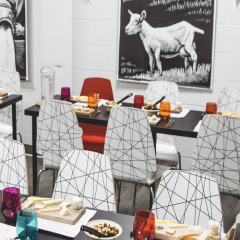
Cool Classes & Tasty Curds
Cheezeducation charges ahead at the Creamery As I work more and more with the idea of organizations as ecosystems (stay tuned for a new pamphlet on the subject next year) and with the idea of working in harmony with the greater ecosystem in which one’s business is located, it’s clear in hindsight that Zingerman’s is […]
Read more »
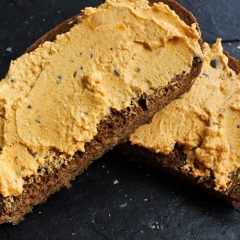
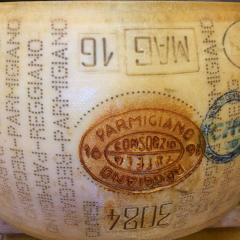
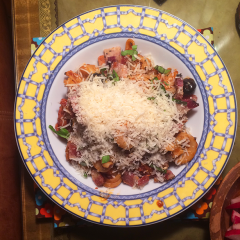
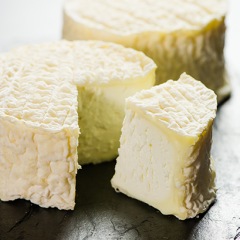
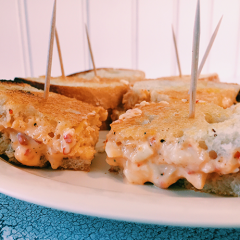
Zingerman’s Art for Sale